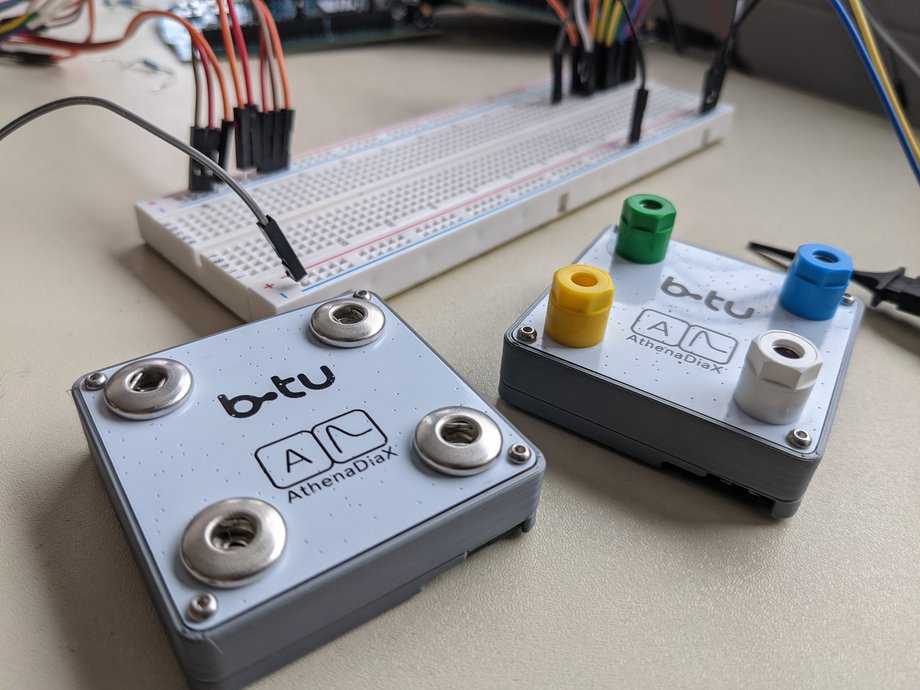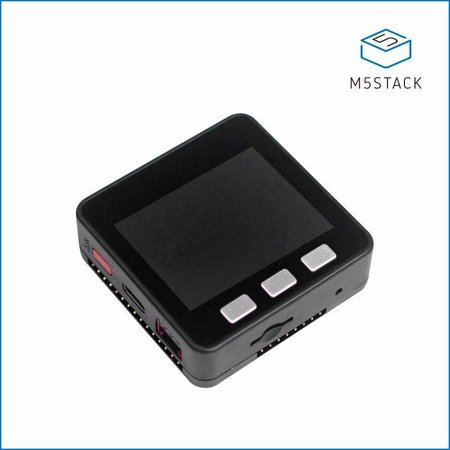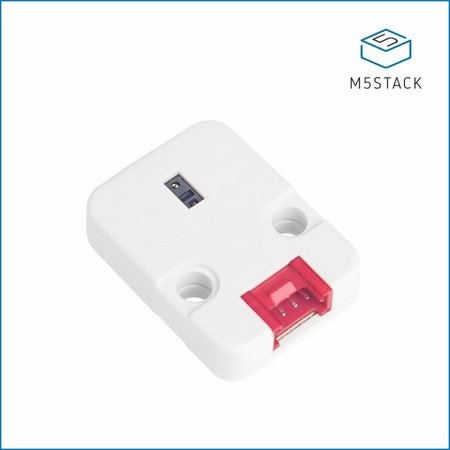
Ultra-low power computer architecture for signal and data processing of ECG wearables with automated data transfer to an eHealth Hub
The use of mobile sensor technology in medicine will play a major role in global healthcare in the future. The reasons for this are the rising costs of medical care and the demographic change worldwide and especially in Germany. Sources from the Federal Statistical Office show that the number of retirements will double in the next 20 years. In 2010, 100 working people provided care for about 35 people whose age was over 65. In 2050, this number will grow to 65 people. According to the OECD, life expectancy is predicted to reach 82 years in 2020. (see "Health and Illness in Old Age", A joint publication of the Federal Statistical Office, the German Centre for Gerontology and the Robert Koch Institute). If the costs increase as predicted by the OECD, it would mean that in 10 years the health care costs would increase by about 70% per person. This does not take into account demographic change, so one can certainly expect costs to double in 10 years. Conclusion is that without change, this system will no longer be affordable.
One approach to a solution is the targeted use of the latest technologies in mobile health care to enable continuous monitoring of health status. In this way, hospitalization can be avoided or at least delayed through improved vital status. Early intervention (therapy control) makes it possible to keep patients healthy in the long term into old age through prevention. The use of cost-efficient and high-value technology, which enables the doctor and the patient to communicate continuously and without time and financial effort and allows remote diagnosis and therapy, will provide a solution for the high-quality care of many people in the future. In this project, the extension of a platform for the efficient measurement of ECG data will be researched.
"Wearables", as a term for wearable sensor technology in general, are already ubiquitous today. Electronic sports bracelets, smart watches, etc. are already capable of measuring and processing vital data and transmitting it to a smartphone, for example. These products, which are mainly manufactured for private use, provide sufficiently precise data to optimize one's own sports training, for example, or to determine an overview of the movement profile of a day. Furthermore, there are already some applications which are suitable, for example, for detecting a heartbeat that is too high or too low. However, these values are by no means suitable for precise medical evaluations or even predictions of critical health conditions. For this, far more complex algorithms must be used in conjunction with electronic systems that allow signal and data preprocessing as well as communication with a base, the eHealth Hub.

Ultra-low power computer architecture for signal and data processing of ECG wearables with automated data transfer to an eHealth Hub
The use of mobile sensor technology in medicine will play a major role in global healthcare in the future. The reasons for this are the rising costs of medical care and the demographic change worldwide and especially in Germany. Sources from the Federal Statistical Office show that the number of retirements will double in the next 20 years. In 2010, 100 working people provided care for about 35 people whose age was over 65. In 2050, this number will grow to 65 people. According to the OECD, life expectancy is predicted to reach 82 years in 2020. (see "Health and Illness in Old Age", A joint publication of the Federal Statistical Office, the German Centre for Gerontology and the Robert Koch Institute). If the costs increase as predicted by the OECD, it would mean that in 10 years the health care costs would increase by about 70% per person. This does not take into account demographic change, so one can certainly expect costs to double in 10 years. Conclusion is that without change, this system will no longer be affordable.
One approach to a solution is the targeted use of the latest technologies in mobile health care to enable continuous monitoring of health status. In this way, hospitalization can be avoided or at least delayed through improved vital status. Early intervention (therapy control) makes it possible to keep patients healthy in the long term into old age through prevention. The use of cost-efficient and high-value technology, which enables the doctor and the patient to communicate continuously and without time and financial effort and allows remote diagnosis and therapy, will provide a solution for the high-quality care of many people in the future. In this project, the extension of a platform for the efficient measurement of ECG data will be researched.
"Wearables", as a term for wearable sensor technology in general, are already ubiquitous today. Electronic sports bracelets, smart watches, etc. are already capable of measuring and processing vital data and transmitting it to a smartphone, for example. These products, which are mainly manufactured for private use, provide sufficiently precise data to optimize one's own sports training, for example, or to determine an overview of the movement profile of a day. Furthermore, there are already some applications which are suitable, for example, for detecting a heartbeat that is too high or too low. However, these values are by no means suitable for precise medical evaluations or even predictions of critical health conditions. For this, far more complex algorithms must be used in conjunction with electronic systems that allow signal and data preprocessing as well as communication with a base, the eHealth Hub.
Athena Diax Patches have arrived
We have received 2 ECG devices from Athena Diax, unfortunately due to the processor shortage, some things had to be adjusted! instead of a NRF52832 AthenaDiax had to install a NRF52810, now we can program the real platform!
Test equipment
To gain experience and to analyze how other devices realize the measurement and evaluation of ECG data, we have twoM5Stack Core together with the sensor Max 30100
Athena Diax Patches have arrived
We have received 2 ECG devices from Athena Diax, unfortunately due to the processor shortage, some things had to be adjusted! instead of a NRF52832 AthenaDiax had to install a NRF52810, now we can program the real platform!
Test equipment
To gain experience and to analyze how other devices realize the measurement and evaluation of ECG data, we have twoM5Stack Core together with the sensor Max 30100
It is particularly important in the design of the portable ECG patch to ensure the hard real-time requirement that the application demands and the high computing performance required for the algorithms for data preprocessing on the embedded computer system.
The conception of the system to be developed, consisting of computing unit, sensor coupling and wired as well as radio communication with fastest measurement and evaluation logic, must be small, powerful and scalable.
The technical objective here is the realization of the highest computing power in the smallest installation space with the lowest power losses and the lowest energy requirements. This "Cyber-Physical High Performance Medical Computing", which actually has a much higher computing power per area than standard processors, can only succeed through the consistent use of state-of-the-art methods from the field of hardware-software-codesign using the latest hardware technologies and processors. The high requirements of the application from this project cannot be satisfied with the standards of traditional embedded systems, since limits of feasibility and computing power per area would be reached here and the required scalability cannot be guaranteed.
In order to save energy, the new computer architecture to be developed must guarantee parallelism at the instruction level and process level in applications by means of new approaches to pipelining and superscalarity (i.e. spatial and temporal parallelism) while strictly complying with CPS requirements. Such a special computer architecture, which follows the indispensable CPS requirements, is completely new in this area and, in addition to entering new scientific territory, also represents a high level of innovation for other applications in the field of medical sensor technology.
It is particularly important in the design of the portable ECG patch to ensure the hard real-time requirement that the application demands and the high computing performance required for the algorithms for data preprocessing on the embedded computer system.
The conception of the system to be developed, consisting of computing unit, sensor coupling and wired as well as radio communication with fastest measurement and evaluation logic, must be small, powerful and scalable.
The technical objective here is the realization of the highest computing power in the smallest installation space with the lowest power losses and the lowest energy requirements. This "Cyber-Physical High Performance Medical Computing", which actually has a much higher computing power per area than standard processors, can only succeed through the consistent use of state-of-the-art methods from the field of hardware-software-codesign using the latest hardware technologies and processors. The high requirements of the application from this project cannot be satisfied with the standards of traditional embedded systems, since limits of feasibility and computing power per area would be reached here and the required scalability cannot be guaranteed.
In order to save energy, the new computer architecture to be developed must guarantee parallelism at the instruction level and process level in applications by means of new approaches to pipelining and superscalarity (i.e. spatial and temporal parallelism) while strictly complying with CPS requirements. Such a special computer architecture, which follows the indispensable CPS requirements, is completely new in this area and, in addition to entering new scientific territory, also represents a high level of innovation for other applications in the field of medical sensor technology.






For further information please contact the following persons:
- Prof. Dr.-Ing. habil. Michael Hübner
- Dr.-Ing. Marc Reichenbach
- M.Sc. Javier Hoffmann
For further information please contact the following persons:
- Prof. Dr.-Ing. habil. Michael Hübner
- Dr.-Ing. Marc Reichenbach
- M.Sc. Javier Hoffmann


